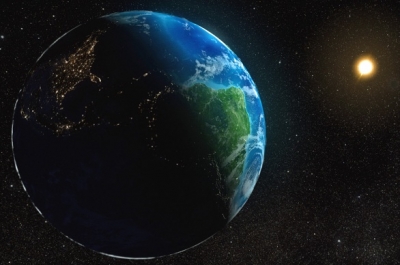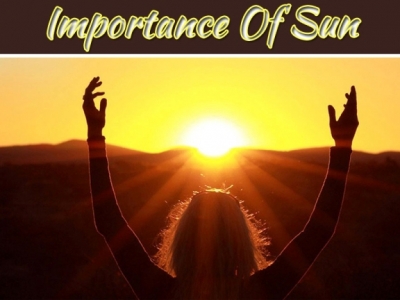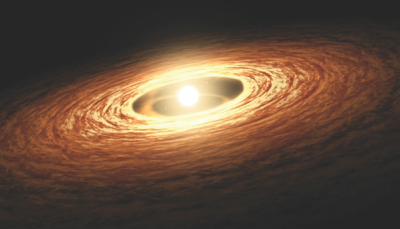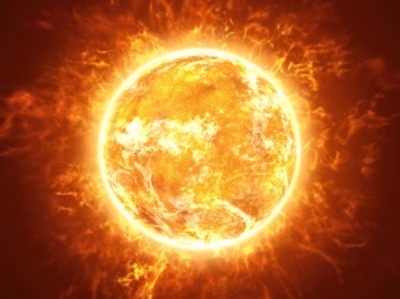What are seasons?
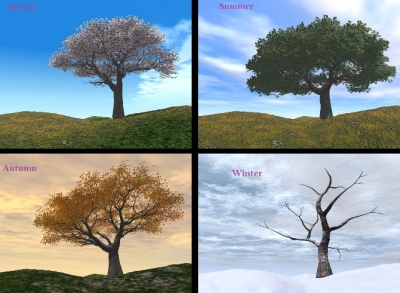
Summer - trees burst with thick loads of leaves. Flowers nod in soft, warm breezes. Insects buzz. A blue sky holds a bright, hot sun.
Winter - bare trees stand like bony skeletons against the cold, grey sky. Snow blankets the ground. The sun seems pale and far away.
What causes this difference? Why are some regions usually warm in spring and summer and cold in winter and autumn?
Summer comes to your part of the world when daylight begins early and stretches to almost bedtime or even later. The sunlight is also stronger. Winter comes when not as much of the sun’s light reaches your part of the world.
Daylight hours are few in winter. It may be dark when you wake up and dark when N7ou get home from school. The ground and air cool off.
The difference in the amount of sunlight each season has is caused by the tilt of the planet Earth. While Earth is spinning in space, it is also travelling around the sun. The way the planet tilts as it travels around the sun causes the seasons.
As Earth moves, it spins like a top. It turns around an imaginary line called an axis. We think of this axis like a pole. We call the top end the North Pole and we call the other end the South Pole.
Earth’s axis is tilted, the way a top tilts when it is about to stop. When the North Pole is tilted towards the sun, the northern half of Earth gets more sunlight, and the southern half gets less sunlight. This makes it summer in the north and winter in the south.
Slowly, Earth moves around the sun. Soon the North Pole begins to tilt away from the sun. As this happens, the southern half tilts towards the sun. Then the northern half gets colder. It becomes autumn, then winter, in the north. And the southern half gets warmer. It becomes spring, then summer, in the south.
Picture Credit : Google

